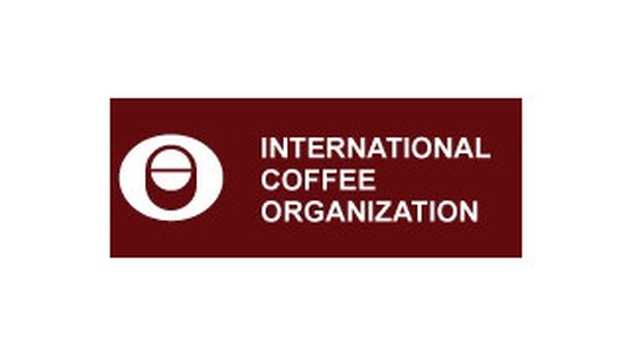February saw the downward trend in the coffee market over the last few months continue.
The ICO composite daily price dropped to a low of just under $1.30, more than 50 cents less than its most recent peak of 185.09 in October 2014.
Despite this downward pressure on prices, world production is expected to come to 142 million bags in crop year 2014/15, 4.6 million less than 2013/14 and its lowest level in three years.
This puts the coffee market into a deficit for the current year, although stocks in exporting countries have so far allowed exports to continue at a strong pace
In terms of the group indicators, the heaviest decrease was observed in Brazilian Naturals, which fell by 7.1%; Colombian Milds and Other Milds dropped by 6.0% and 5.8% respectively.
Robustas, on the other hand, recorded an increase compared to January of 0.4% to reach 98.36 cents. This can partly be attributed to reduced selling from Vietnam during the New Year holiday
Total production in crop year 2014/15 is now estimated at 142 million bags, 3.2% less than 2013/14. This is slightly higher than the previous estimate, due to increased production expected in Honduras (revised up to 5.4 million), and slight upward adjustments in Tanzania (to 1 million), Cameroon (475,000), Rwanda (280,000) and Burundi (250,000).
Production in India, on the other hand, has been revised down slightly to 5.5 million bags, according to the post-monsoon estimate of the Coffee Board of India, and Mexico has also been adjusted slightly lower to 3.9 million bags. Output in Brazil, Vietnam, Colombia and Indonesia has been maintained at the same level.
As a result, world coffee production is likely to be some 4.6 million bags lower compared to 2013/14, with both Arabica and Robusta estimated lower, by 2.8% and 3.7% respectively.
In terms of the regional distribution, production in South America is estimated 6.8% lower on 62.7 million bags, giving it a 44.1% share of the world total. Asia and Oceania is also lower by 4.8%, accounting for 31.2% of the world total.
In Mexico and Central America, output is estimated at 18 million bags, which is 7.9% higher than 2013/14, suggesting that the impact of coffee leaf rust is lessening somewhat.
However, it should be kept in mind that this is still over 2 million bags less than the region’s production in 2011/12, before the outbreak, and the social and economic damage to many countries is ongoing.
Finally, production in Africa is considered to be increasing by 6% to 17 million bags; if realised, this will be the first time Africa has reached 17 million since 1999/2000. This would also increase its share of the world total to 12%.
The report can be downloaded at this link (pdf file).


















